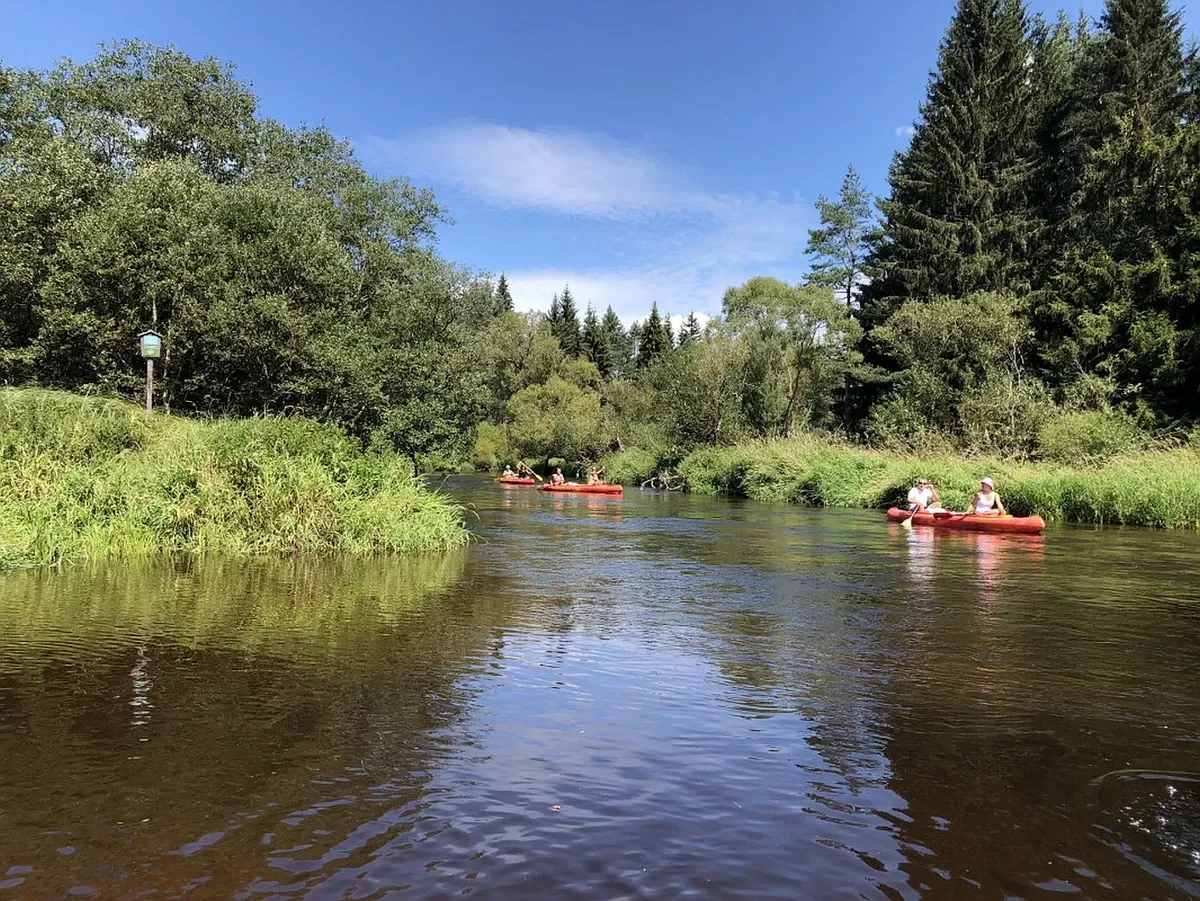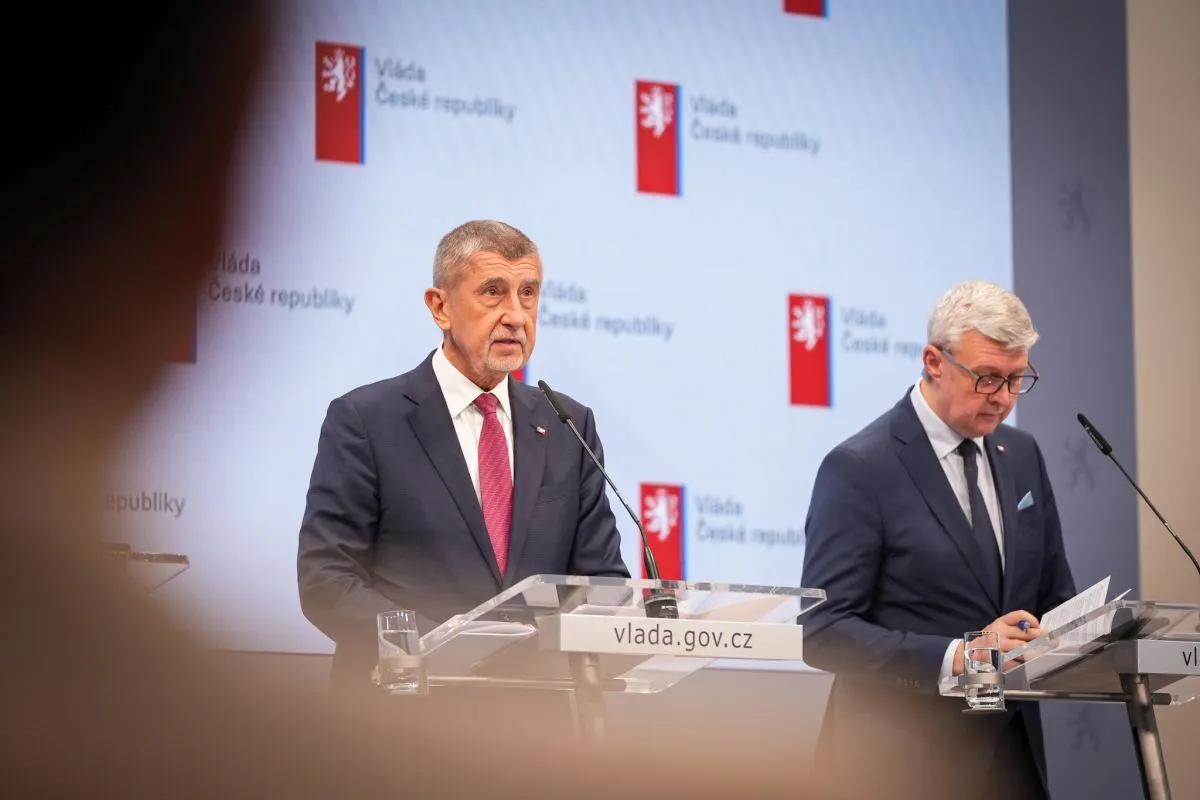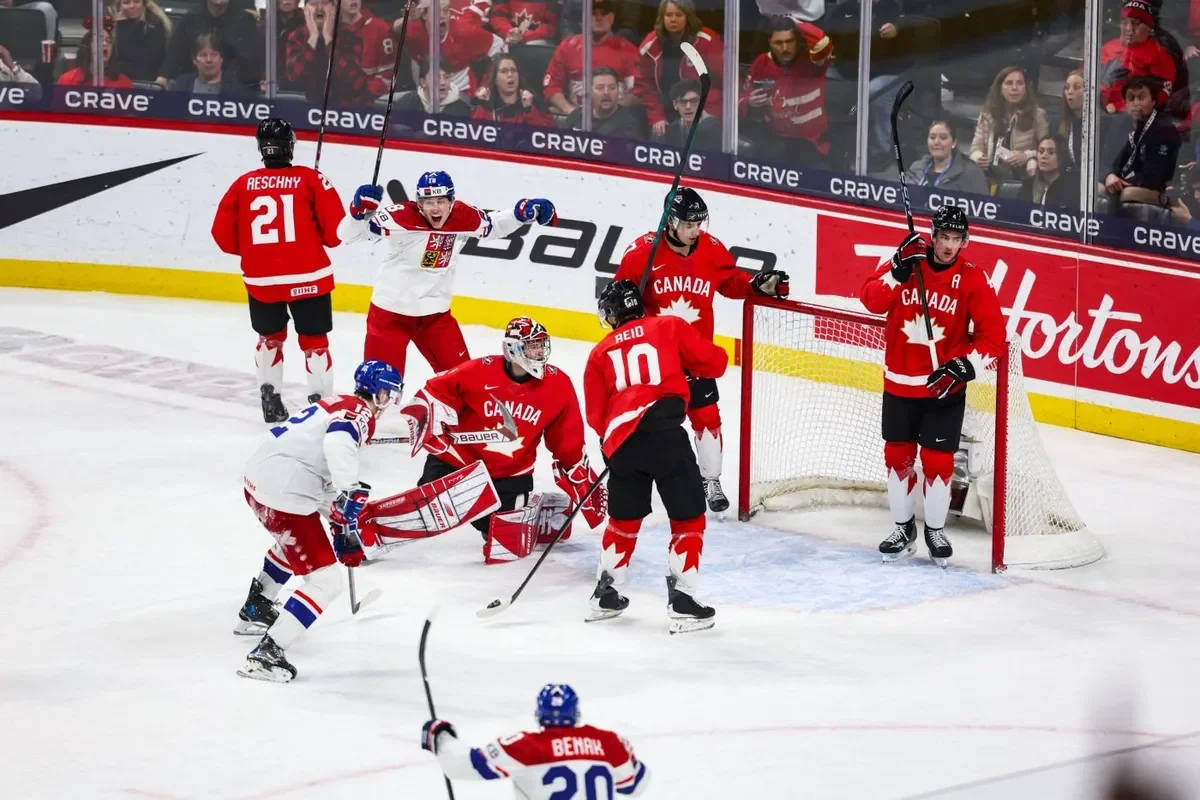
Czech Rivers Are Low: Half Currently Unnavigable
For water sports enthusiasts, the current situation has arrived unusually early
Drought and a lack of rainfall are causing problems for Czech rivers. According to experts, around half of the waterways are currently unnavigable or difficult to navigate – canoeists are having to change their plans in many places.
The ongoing drought is also affecting water sports enthusiasts in the Czech Republic. According to the Czech Canoe Union, around half of the country’s rivers are now either no longer navigable or only passable to a very limited extent.
The Czech Hydrometeorological Institute (ČHMÚ) reports that the situation is particularly critical on the upper Vltava above the Lipno reservoir. Even on the Sázava and Ohře rivers, water levels are so low that paddling trips are barely feasible. Slightly better conditions have been reported only for the upper Lužnice and the Vltava below Lipno. According to meteorologists, the current situation is due to this year’s low precipitation – especially the lack of snow during the winter.
“About half of the rivers are currently unsuitable for relaxed navigation,” explained Šembera. Meteorologist Martin Pecha from ČHMÚ echoed this view in an interview with ČT24: “The situation on the waterways has deteriorated rapidly over the last three weeks. At the moment, conditions are poor almost everywhere – some rivers are completely unnavigable, others only navigable with difficulty.”
The relevant river basin authorities also confirm the tense situation. “Boating is practically impossible on the upper Vltava,” said Hugo Roldán, spokesman for the Vltava River Authority. The situation is somewhat better on the Otava and Berounka rivers. Although the Berounka carries more water, it is considered less attractive to canoeists because of its slow current.
Conditions on the Elbe (Labe) at the beginning of July are also far from ideal. “In the second half of June, precipitation in many areas was only 30 to 70 percent of the long-term average, with the middle and lower Elbe particularly affected.”
For water sports enthusiasts, this situation has arrived earlier than usual – in previous years, conditions typically became critical in the latter half of the summer. Comparable years were 2015, 2016 and 2018.
According to experts, brief rain showers are unlikely to bring much relief. “It would take several days of heavy rainfall to significantly improve conditions on the rivers.” Only cooler temperatures combined with several days of sustained rain, some of it prolonged, could bring noticeable improvement.
The Canoe Union advises anyone still planning to go paddling to regularly check current water levels and maps on relevant canoeing websites, where up-to-date information on the navigability of individual river sections is available.
More from Featured


Political Restart in the Czech Republic: New Government Adopts Policy Agenda

